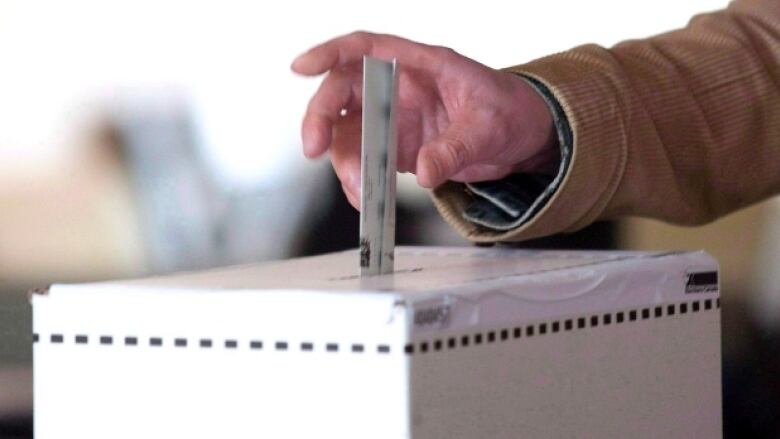P.E.I. electoral reform: 4 unanswered questions about the plebiscite
From how much it will cost, to what constitutes a 'win,' here are four things to ponder

For the second time in a little more than a decade, Prince Edward Islanders will be asked to consider making substantial changes to the way they elect their provincial legislature.
In 2005 wewere asked whether wewanted to switch from the old first-past-the-post system to a mixed-member proportional one. Islandersvoted overwhelmingly to stick with the status quo.
This time around there's a full menu for Islanders to choose from:
- Dual Member Proportional Representation
- First-past-the-post (the current system)
- First-past-the-post Plus Leaders
- Mixed Member Proportional Representation
- Preferential Voting
Another difference this time around as Green Party leader Peter Bevan-Baker has noted, there's liable to be more interest from across the country in how Islanders deal with the issue of electoral reform, since Prime Minister Justin Trudeau has pledged the 2015 federal election would be the last contested under the first-past-the-post system.
But before Islanders begin committing the necessary brain power to trying to understand the merits and potential shortcomings of the five proposed electoral models, there are some questions that should be cleared up.
1. How much will the process cost?
Whatever plan the public body comes up with, it's sure to cost money.
The Special Committee on Democratic Renewal has proposed a six-month education campaign, including: "advertising on television, radio and in print; an internet strategy including a website, interactive electoral models and digital advertising; a telephone information hotline; information pieces distributed by mail; and public outreach activities."
In other words: all the things that are usually paid for by political parties during an election campaign, but in this case, paid for by taxpayers. And this is to say nothing of the cost of holding the actual plebiscite.
I'm not for a moment suggesting this isn't worth the expense. But how much is government willing to spend? The MacLauchlan government is about to deliver a budget based on the mantra "spending public funds carefully," and the premier is on the record saying he doesn't see a need to "upset the apple cart" when it comes to P.E.I.'s electoral system.
We can't actually answer this question yet, but we can expect that tomorrow's budget will outline how much Elections PEI will have to spend.
2. What constitutes a 'win' for one of these electoral models?
In the lead-up to the 2005 plebiscite, then-premier Pat Binns decreed that 60 per cent of Islanders would have to support mixed-member proportional in order for the system to change. Proponents of the model felt it was a deliberate roadblock set up to prevent change. If that were the case, it wasn't necessary. MMP earned only 36 per cent of the vote.
The 2016 plebiscite is to be conducted using a ranked ballot. The idea behind a ranked ballot is that you continue counting, switching on some ballots to their second- or third-ranked options, until one option has the support of the majority. But there are scenarios where that might not be possible if not enough Islanders fill in those second and third choices.
And even if one option does receive support of 50 per cent plus one, the committee hasn't said whether that or any other level of support should be sufficient for government to change the electoral system.
It's also important to note that a plebiscite, unlike a referendum, isn't binding.
3. What level of voter turnout would be required for change?
In a province where people voted by candlelight in the aftermath of Hurricane Juan, turnout in the 2005 plebiscite was abysmal: just 33 per cent. A stark reduction in the number of polls per district was partly responsible.
By contrast, voter turnout in the 1988 "fixed link" plebiscite was 65 per cent. The committee has noted both these numbers in its report. While it states that "the outcome of a plebiscite must be considered in concert with voter turnout," it doesn't recommend any particular threshold.
4. What if there's the will to change, but no consensus on how to do that?
At one point the committee considered a two-part question, with the first question simply to determine whether Islanders support any kind of change. In the end, the committee decided the question in its current form would encourage more Islanders to learn about all the different electoral systems on the ballot.
But it's entirely possible with the current format that a majority of Islanders could select as their first choices different alternatives to first-past-the-post, and yet FPTP could ultimately carry the day.
If that happens, should government consider the matter settled? Or should P.E.I. keep searching for the right alternative to the status quo?












_(720p).jpg)


 OFFICIAL HD MUSIC VIDEO.jpg)
.jpg)



























































































